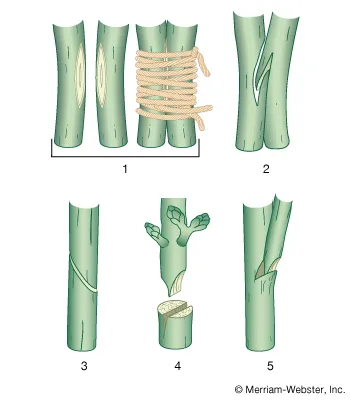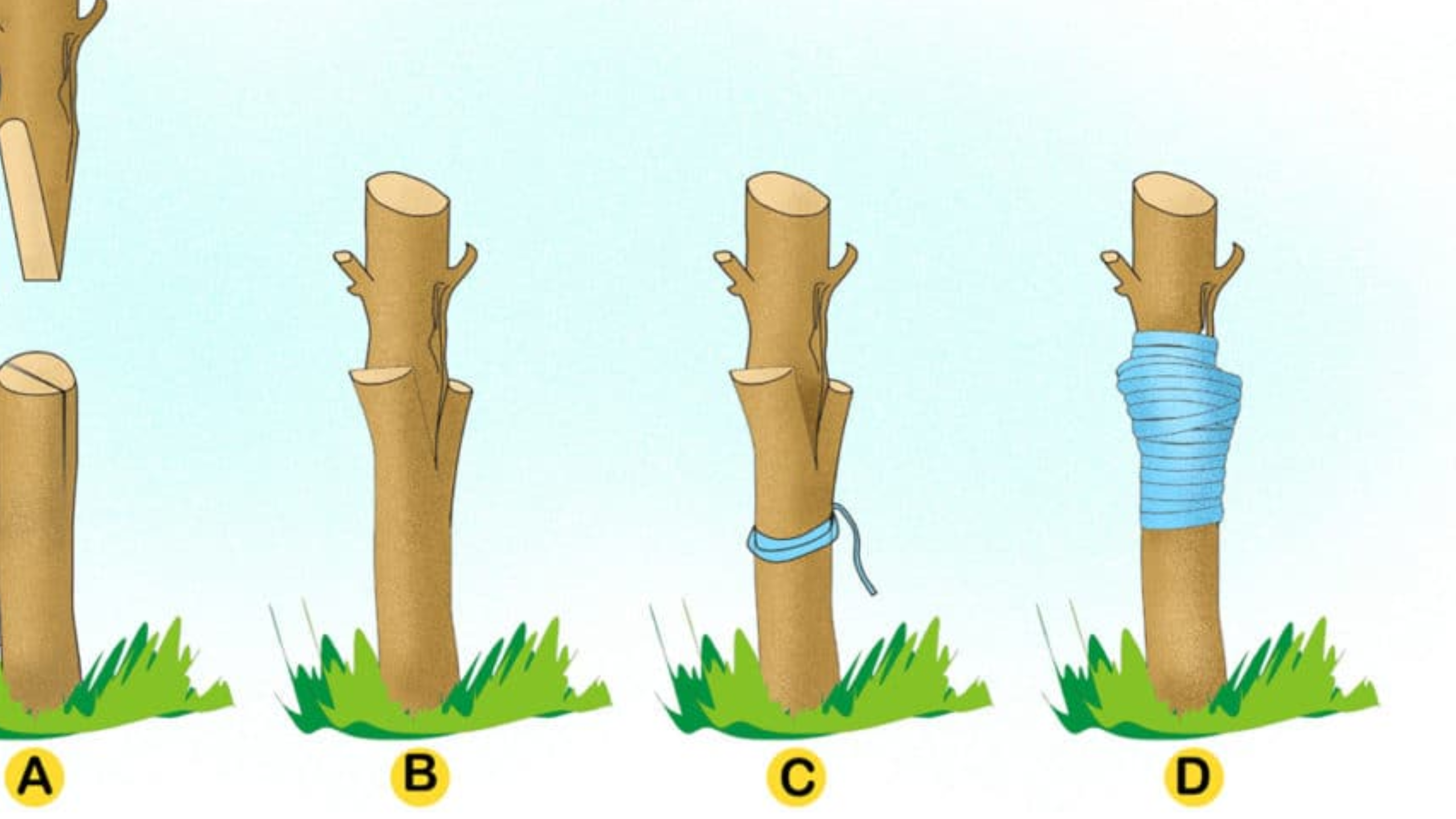Are you inspired by the vibrant colors and hardy nature of bougainvillea? Do you want to expand your lush display without spending a fortune on new plants? Propagating bougainvillea from cuttings is an easy, affordable, and rewarding process. Whether you have a balcony or a garden, you can create new plants to enjoy for years to come. Follow this step-by-step guide to ensure success and watch your bougainvillea thrive.
Why Propagate Bougainvillea?
Before diving into the how-to, let’s understand why propagating bougainvillea is a fantastic idea. These plants are known for their stunning, colorful bracts that bloom almost year-round in warm climates. They are resilient and low-maintenance, making them an excellent choice for both beginner and experienced gardeners.
Propagation allows you to:
- Expand your garden or balcony with more of these beautiful plants
- Save money compared to buying new plants
- Create a personalized landscape by selecting specific colors or varieties
- Enjoy the satisfaction of growing plants from cuttings
Now, let’s explore a foolproof method to get your bougainvillea cuttings rooted quickly and successfully.
Step 1: Selecting the Right Cutting
Start with a healthy, mature bougainvillea branch. Look for a branch that’s around 15 cm (about 6 inches) long, ideally from a non-flowering stem with good vigor.
Using clean, sharp scissors or pruning shears, cut just below a leaf node (a small bump on the stem where leaves grow). This is crucial because roots will develop from this point.
Tip: Disinfect your tools with alcohol before making cuts to reduce the risk of disease.
Step 2: Preparing the Potting Mix
The key to successful rooting is the right soil environment. Prepare a container with a balanced mix of equal parts of coarse sand and peat moss or organic compost. This mixture drains well, providing stability while maintaining moisture.
Make small holes in the soil—about 2-3 cm deep—using a pencil or stick. Gently insert the cuttings, ensuring at least one node is buried in the soil. Carefully remove any leaves near the base to prevent rot and to direct energy toward root development.
Step 3: Creating a Humid Environment
Once your cuttings are in place, press the soil gently around them to stabilize. Mist the soil lightly with water to dampen it without over-saturating.
To keep the humidity high, cover the pot with a transparent plastic bag or a clear plastic container. This environment mimics a mini greenhouse, promoting root growth.
Pro tip: Poke a few small holes in the plastic for airflow, preventing mold or rot.
Step 4: Finding the Ideal Location

Place your propagation container in a bright spot that is shielded from direct sunlight. Indirect sunlight or filtered light is perfect—think of a shaded patio or a bright windowsill.
If possible, elevate the container slightly to avoid water pooling underneath. Consistent, gentle warmth and light are essential for healthy root development.
Step 5: Care and Monitoring
Keep the soil consistently moist but not soggy. Check regularly—watering when the top inch feels dry. Use a spray bottle for gentle misting to maintain high humidity.
If you want to boost rooting success, consider using a commercial rooting hormone or stimulant. These products contain hormones like auxin, which encourage root formation and speed up the process.
Step 6: Patience and Transplantation
Rooting typically takes about 4 to 6 weeks, though it can vary based on conditions. After this period, gently tug on the cuttings—resistance means roots have formed.
Carefully remove the plastic cover and check for healthy root development. Once your cuttings have a good root system, transplant them into larger pots or directly into your garden or balcony, where they can grow freely.
Tips for Success
- Use healthy, disease-free cuttings for the best results.
- Maintain consistent moisture without waterlogging.
- Provide ample light but avoid harsh Direct sun initially.
- Be patient—rooting can take time, but persistence pays off!
Final Thoughts:
Propagating bougainvillea from cuttings is a simple and effective way to multiply your plants and enhance your outdoor or indoor space. With a little patience and care, you can enjoy a lush, colorful display of these stunning plants. Whether you’re an experienced gardener or just starting, this method is accessible and rewarding.
Get your tools ready, select the perfect cuttings, and watch your garden flourish with vibrant bougainvillea! Happy gardening!


amoxil over the counter – combamoxi amoxicillin over the counter
diflucan 200mg uk – https://gpdifluca.com/# buy fluconazole paypal
buy cenforce for sale – where can i buy cenforce cost cenforce 50mg
erectile dysfunction tadalafil – ciltad genesis how to get cialis without doctor
cialis 5mg cost per pill – https://strongtadafl.com/ canadian pharmacy online cialis
genuine pfizer-viagra for sale – https://strongvpls.com/ can you buy viagra vietnam
I’ll certainly carry back to be familiar with more. accutane para que es
The sagacity in this serving is exceptional. prednisone may treat
This website positively has all of the bumf and facts I needed there this subject and didn’t know who to ask. https://ursxdol.com/doxycycline-antibiotic/
Thanks recompense sharing. It’s first quality. https://prohnrg.com/
With thanks. Loads of knowledge! https://ondactone.com/spironolactone/
This is the compassionate of writing I positively appreciate.
https://doxycyclinege.com/pro/losartan/
More posts like this would add up to the online space more useful. http://www.01.com.hk/member.php?Action=viewprofile&username=Zqogga
dapagliflozin usa – on this site order forxiga 10mg online cheap
buy orlistat without prescription – xenical cheap orlistat over the counter
The reconditeness in this piece is exceptional. http://furiouslyeclectic.com/forum/member.php?action=profile&uid=24892
You can keep yourself and your family by way of being heedful when buying prescription online. Some pharmaceutics websites operate legally and put forward convenience, secretiveness, rate savings and safeguards for purchasing medicines. buy in TerbinaPharmacy https://terbinafines.com/product/bentyl.html bentyl
The depth in this ruined is exceptional. TerbinaPharmacy
More posts like this would make the blogosphere more useful.